1. Mayberry – Mount Airy, North Carolina
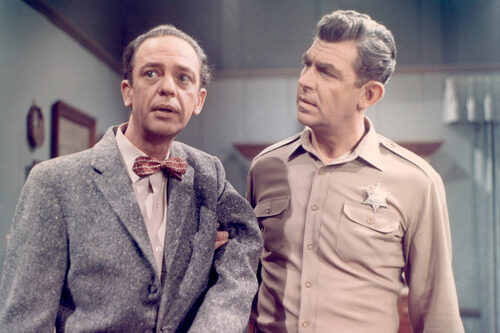
If you’ve ever wished you could step into The Andy Griffith Show, you’re not alone. Mayberry, with its small-town charm and slower pace, was directly inspired by star Andy Griffith’s real hometown of Mount Airy, North Carolina. Griffith often spoke fondly of the town, and when you visit today, it feels like the show never ended. There’s even a replica of the courthouse, Floyd’s Barbershop, and a “Snappy Lunch” that serves up those famous pork chop sandwiches shares Southern Living.
The resemblance isn’t just visual—it’s emotional. The people of Mount Airy embody that same friendly, neighborly spirit that made Mayberry so comforting to watch. And fans still make pilgrimages there, especially during the annual Mayberry Days festival. It’s like walking into a black-and-white world where everything feels a little simpler, and somehow, a lot warmer adds WXII.
2. Cicely – Talkeetna, Alaska
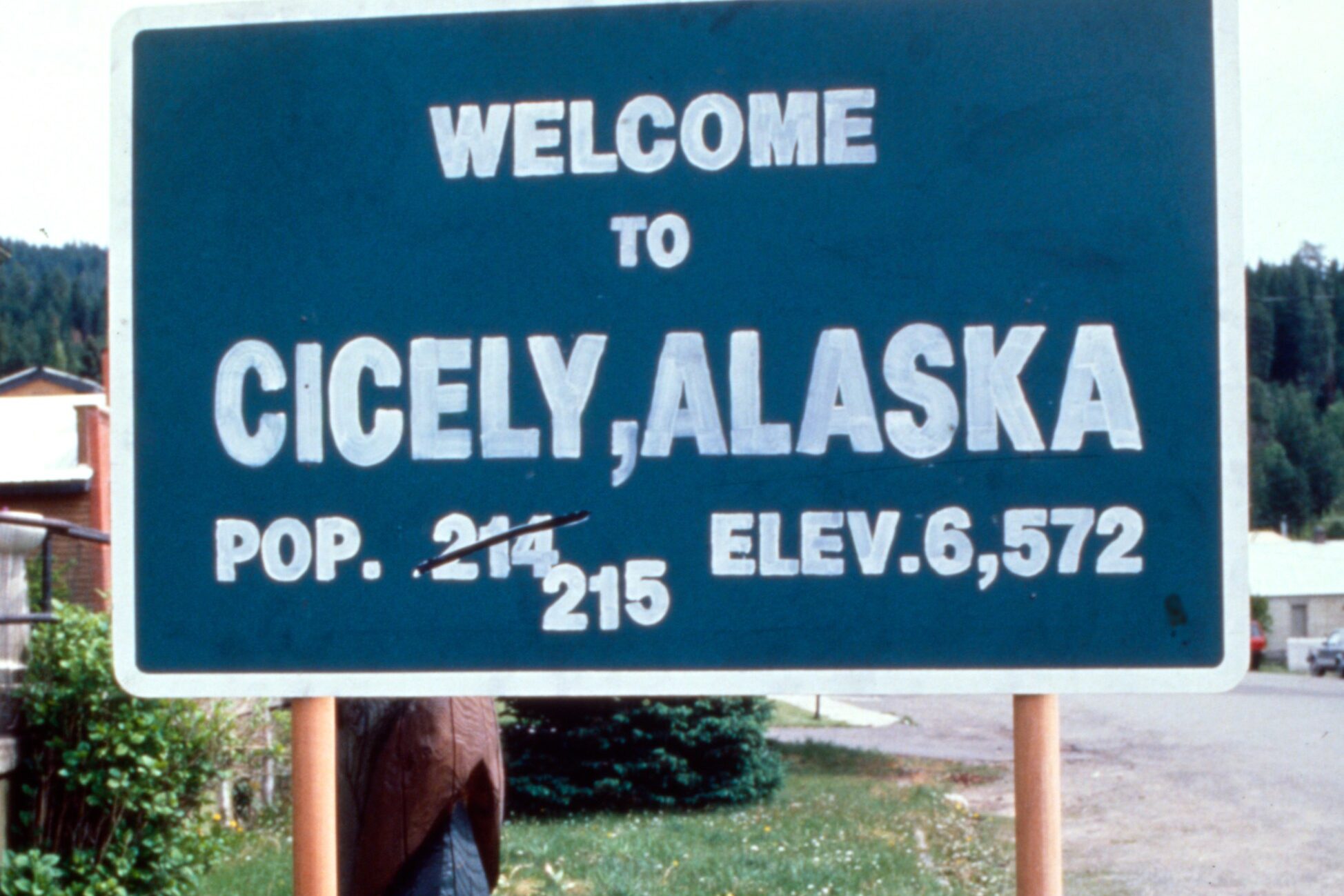
Cicely, Alaska from Northern Exposure wasn’t just a quirky fictional town—it was modeled after a very real place: Talkeetna, Alaska. Tucked between mountains and rivers, Talkeetna was a perfect stand-in for the fictional town’s oddball charm and remote, tight-knit community feel shares Travel Alaska.
The show’s creators visited Talkeetna and used its unique vibe to shape Cicely’s characters and culture. Though the series was filmed in Washington state, Talkeetna’s influence is undeniable. There’s even a little airstrip and a bar in Talkeetna that feel straight out of the series. Tourists still head there today, hoping to spot a moose or run into a philosophical DJ. It’s one of those rare places that truly feels like the line between fiction and reality got a little blurry explains SF Gate.
3. Cabot Cove – Mendocino, California
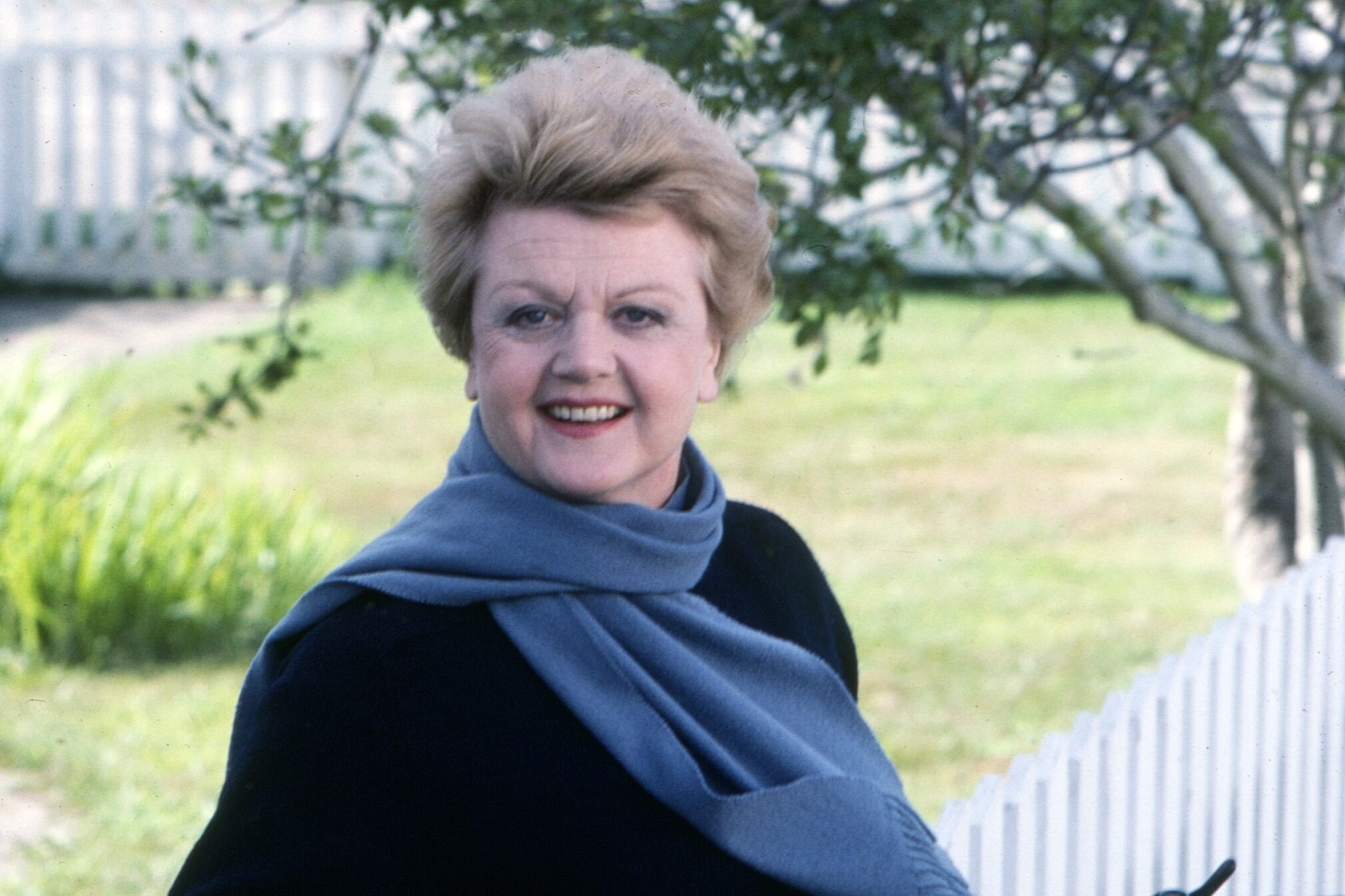
Angela Lansbury’s Murder, She Wrote gave us Cabot Cove, Maine—a quiet coastal town with a surprisingly high crime rate. But those sweeping ocean views and Victorian inns weren’t filmed in New England. They came from Mendocino, California, a real seaside town standing in for the fictional murder capital of America.
Mendocino was chosen for its East Coast-style architecture and foggy, moody coastlines. Locals often spotted filming crews and tourists still visit Jessica Fletcher’s “house,” which is now a charming bed and breakfast. Despite being on the opposite coast, it truly captured the charm and coziness of a small Maine town. Just don’t go solving any murders while you’re there.
4. Stars Hollow – Washington, Connecticut
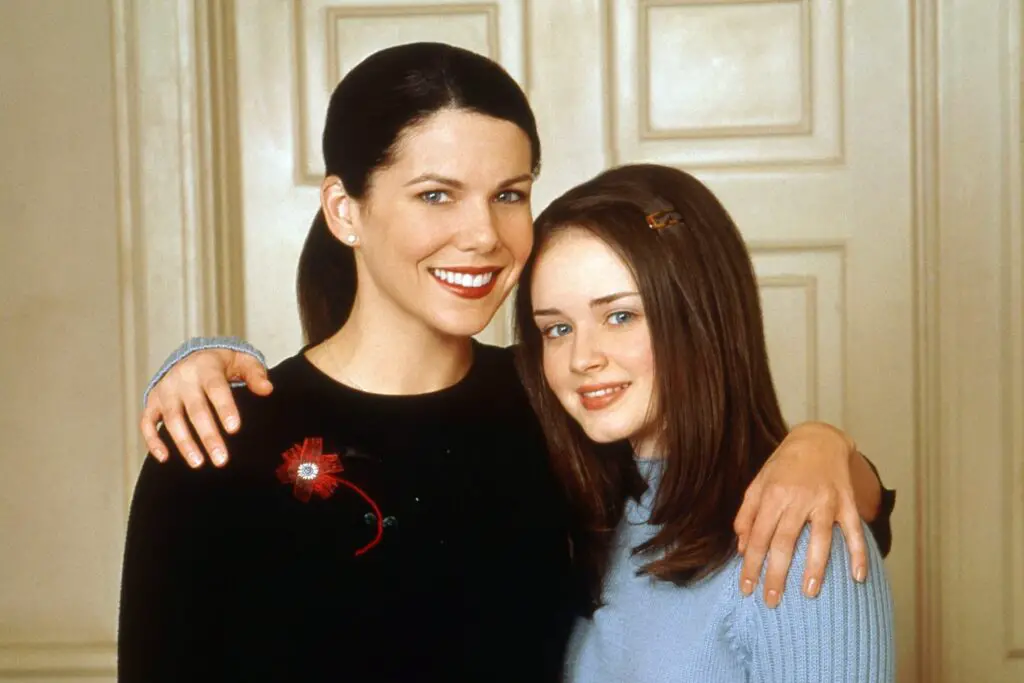
Fans of Gilmore Girls have long wondered where they could find a real-life Stars Hollow. The answer? Washington, Connecticut. Amy Sherman-Palladino, the show’s creator, stayed at the Mayflower Inn in the town and drew inspiration from its locals, town meetings, and charming atmosphere.
While Stars Hollow was filmed on a backlot, Washington still feels like a place where Lorelai and Rory would hang out. There’s a bookstore, cute cafes, and enough town pride to fill a dozen quirky festivals. Even the town’s real residents are known for being a little eclectic in the best possible way. If you go, don’t be surprised if you start narrating your thoughts like you’re in a CW drama.
5. Lanford – Elgin, Illinois
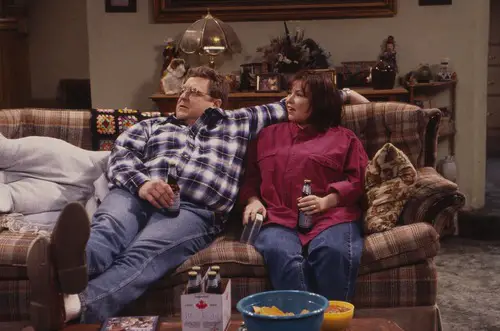
Roseanne made a point of showing blue-collar life in a way that felt both real and raw. Lanford, Illinois—the show’s fictional setting—was inspired by Elgin, a working-class town northwest of Chicago. The Conners’ values, struggles, and even the architecture of their neighborhood came straight from towns like this.
Writers chose Elgin because it represented so many Midwestern families. It wasn’t glamorous, but it was honest. Though the show was filmed in California, exterior shots were pulled from Elgin and nearby areas. You can still drive through and get the same vibe: modest homes, family-owned diners, and that deep-rooted Midwestern grit.
6. Hooterville – Eldon, Missouri
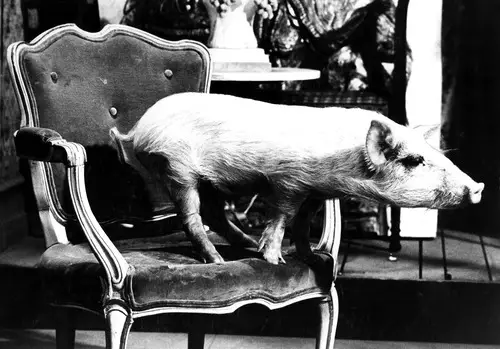
Whether you were watching Green Acres, Petticoat Junction, or The Beverly Hillbillies, chances are you heard of Hooterville. This fictional farming community had a real-life inspiration: Eldon, Missouri. Series creator Paul Henning spent his boyhood summers there, soaking up the small-town rhythms and personalities that would later show up on screen.
Hooterville may have been comedic and over-the-top, but Eldon’s tight-knit vibe was very real. The locals were kind, the scenery lush, and the routines comforting. Henning took all that and sprinkled in absurdity to make it unforgettable. Today, Eldon embraces the connection and still celebrates its link to the beloved TV universe.
7. Hilldale – South Pasadena, California
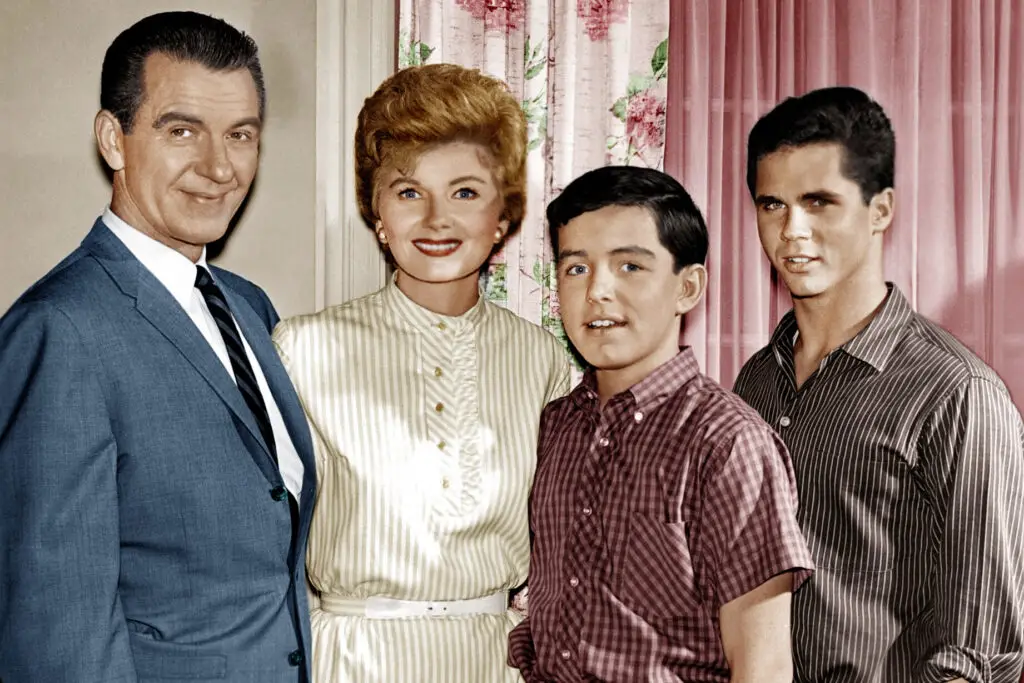
In Leave It to Beaver, the Cleavers lived in the quiet suburb of Hilldale. While Hilldale was fictional, its look and feel came straight from South Pasadena, California. Those tree-lined streets and classic mid-century homes weren’t just Hollywood sets—they were pulled from this very real SoCal neighborhood.
Many exteriors were shot in the area, and it wasn’t just about aesthetics. The tone of the community matched the show’s idealized vision of 1950s family life. Today, you can walk the same streets and feel like you’ve stepped back into a time when life revolved around family dinners and mowing the lawn. South Pasadena still holds onto that charm, even if the real world’s gotten a little more complicated.
8. Walnut Grove – Walnut Grove, Minnesota
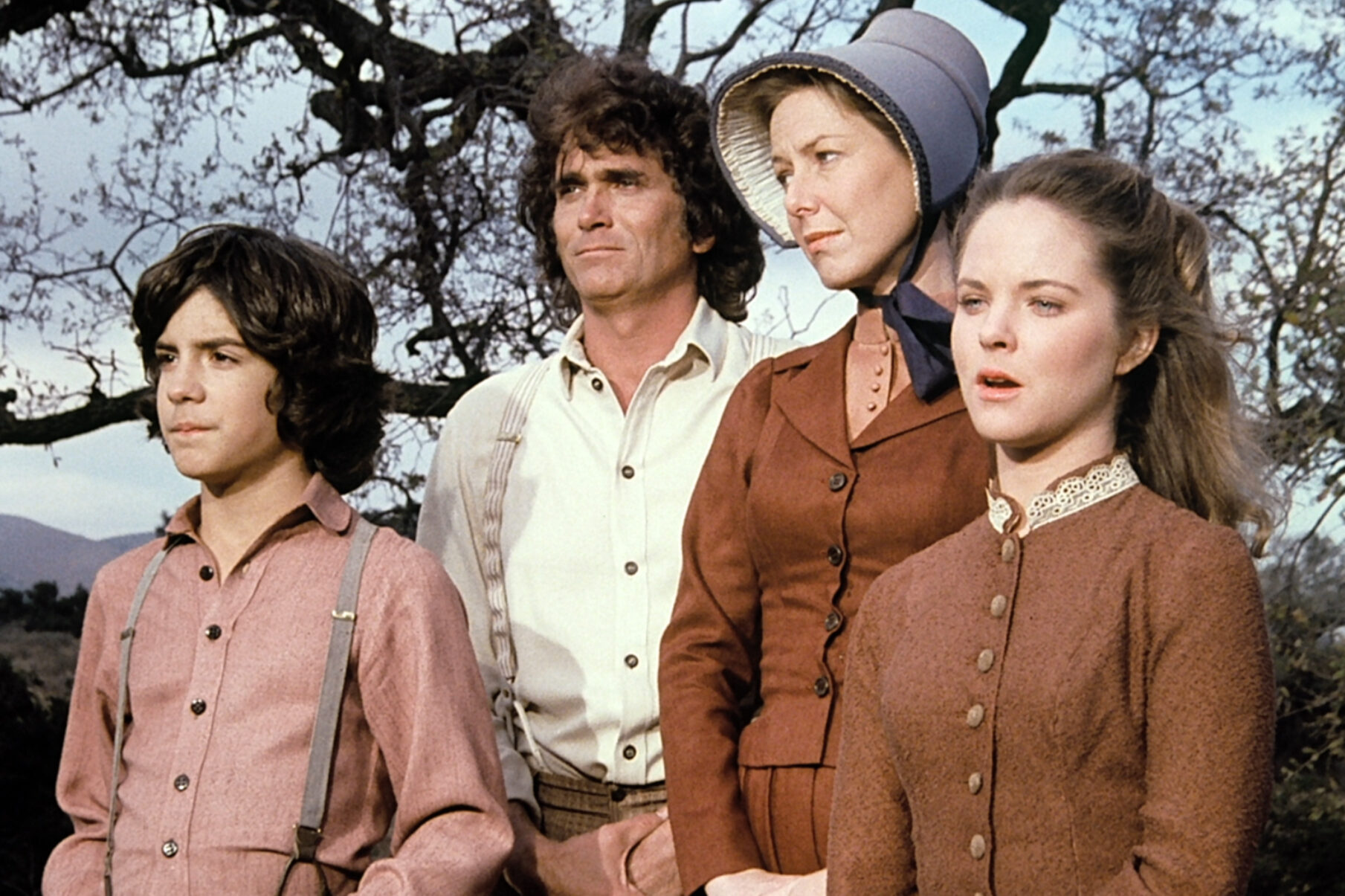
Little House on the Prairie took us to Walnut Grove, Minnesota—and in this case, it’s not just the name that was real. Laura Ingalls Wilder actually lived there and based her stories (and later, the series) on her family’s experiences in the tiny farming town.
Though the series was filmed elsewhere, the real Walnut Grove has become a pilgrimage site for fans. There’s a museum, reenactments, and even a pageant dedicated to Wilder’s legacy. It’s a living tribute to a simpler time and a resilient family. When you stand in those fields, it’s easy to picture Ma calling everyone in for dinner.
9. Twin Peaks – North Bend and Snoqualmie, Washington
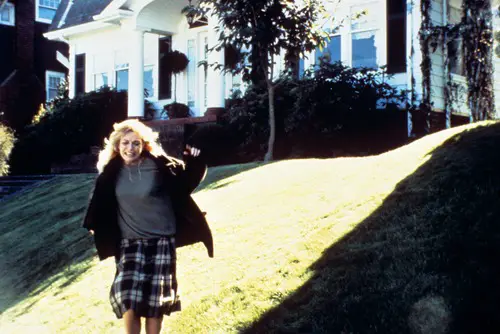
Twin Peaks didn’t just give us one of the most mysterious towns in TV history—it gave us North Bend and Snoqualmie, Washington. These eerie, foggy, pine-covered towns were used heavily for exterior shots and helped cement the show’s unforgettable atmosphere.
The “Welcome to Twin Peaks” sign? Filmed right outside North Bend. The diner where Agent Cooper gets his pie fix? It’s real, and you can still go there. Even the Snoqualmie Falls, which featured in the opening credits, are as majestic and haunting in person as they are on screen. If you’re brave enough to visit, just don’t follow any owls.
10. Springfield – Eugene, Oregon
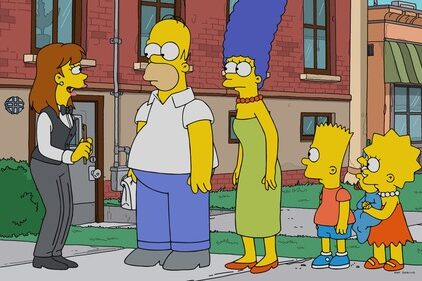
Fans of The Simpsons have long debated where Springfield actually is. Matt Groening, the show’s creator, eventually revealed that the inspiration came from Springfield, Oregon—not far from his hometown of Portland. He liked the generic nature of the name but also borrowed specific quirks from the area.
Eugene and Springfield sit right next to each other, and Groening pulled from both cities. The nuclear plant, quirky locals, and layout all have roots there. The town has since embraced the connection, even dedicating murals and events to its animated alter ego. And yes, they’re proud to be the “real” Springfield, even if there are dozens of others.
11. Hazard – Hazard, Kentucky

The Dukes of Hazzard may have been filmed in Georgia and California, but its fictional Hazzard County was inspired by a real place: Hazard, Kentucky. The showrunners reportedly took the name and some inspiration from this Appalachian town with a colorful history and tight community ties.
The series amped things up with car chases and comic villains, but the core—family loyalty and rural pride—was very much drawn from real life. Hazard itself is nestled in the hills and has always had that resilient, underdog spirit. Locals are quick to point out that while they didn’t jump over rivers in muscle cars, they still had plenty of adventures. And yes, the town takes some pride in being the namesake of the Duke boys’ wild ride.
12. Southfork – Frisco, Texas
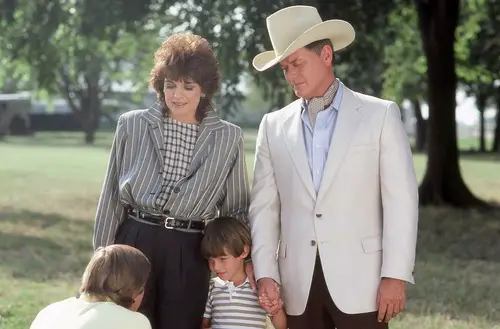
Dallas gave us oil tycoons, big hats, and even bigger drama—and its iconic Southfork Ranch wasn’t just fiction. Located in Frisco, Texas, just north of Dallas, the real ranch was used for exterior shots and quickly became a symbol of the show.
After Dallas took off, Southfork became a tourist attraction in its own right. Visitors can tour the mansion, walk the grounds, and even host events there. The setting captured that unique Texas blend of wealth, tradition, and power. And while the inside scenes were filmed on a set, walking up to the real Southfork still feels like you might bump into J.R. Ewing at any moment.
13. Quahog – Cranston, Rhode Island
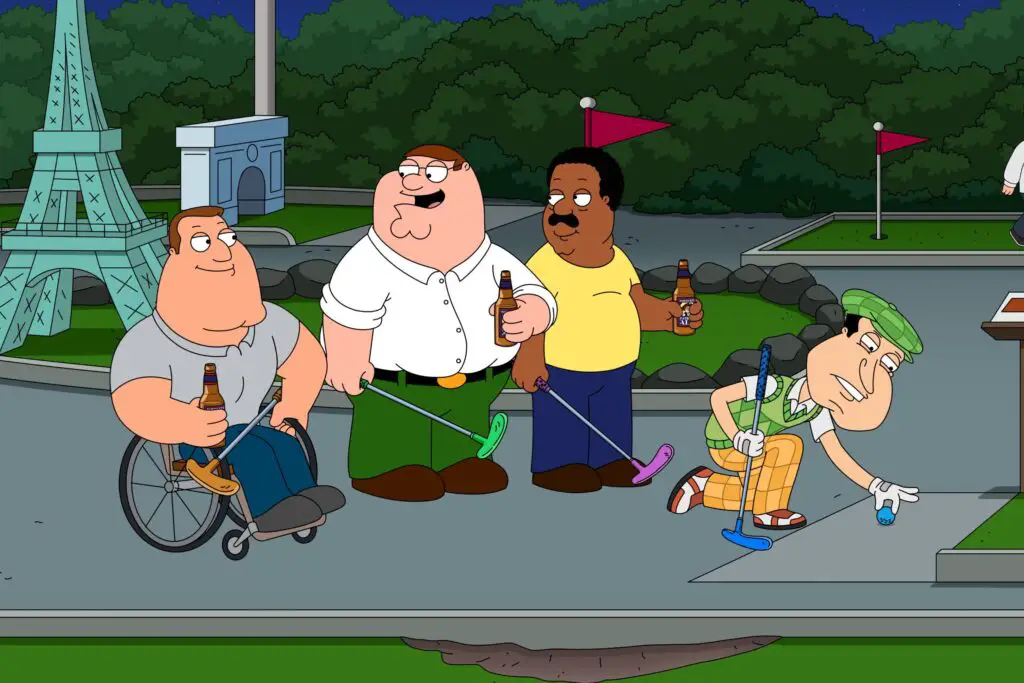
Family Guy’s fictional Quahog may be a cartoon creation, but its roots are firmly planted in Cranston, Rhode Island. Creator Seth MacFarlane attended the Rhode Island School of Design and used the state as a constant backdrop in the show. Local references, accents, and attitudes all point straight to Cranston and nearby Providence.
While Quahog doesn’t technically exist, everything about it feels like southern Rhode Island—down to the clam chowder and awkward town meetings. You can even find real bars and shops in Cranston that feel eerily similar to the ones Peter Griffin might frequent. It’s a love letter, albeit a ridiculous one, to a very real place.
14. Bedford Falls – Seneca Falls, New York
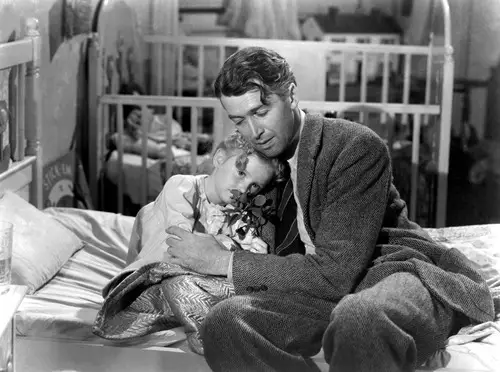
Okay, It’s a Wonderful Life isn’t technically a TV show, but Bedford Falls has shown up so often in TV parodies and tributes that it’s practically a character in itself. The town’s inspiration came from Seneca Falls, New York, a quiet town in the Finger Lakes with striking similarities.
Director Frank Capra visited Seneca Falls in the early 1940s and was reportedly inspired by its bridges, architecture, and community vibe. The town has embraced the connection wholeheartedly, even hosting an annual festival celebrating the film. Walking through it, you half expect George Bailey to run by shouting holiday greetings. It’s as heartfelt and nostalgic as the story it helped bring to life.
15. Pawnee – Muncie, Indiana
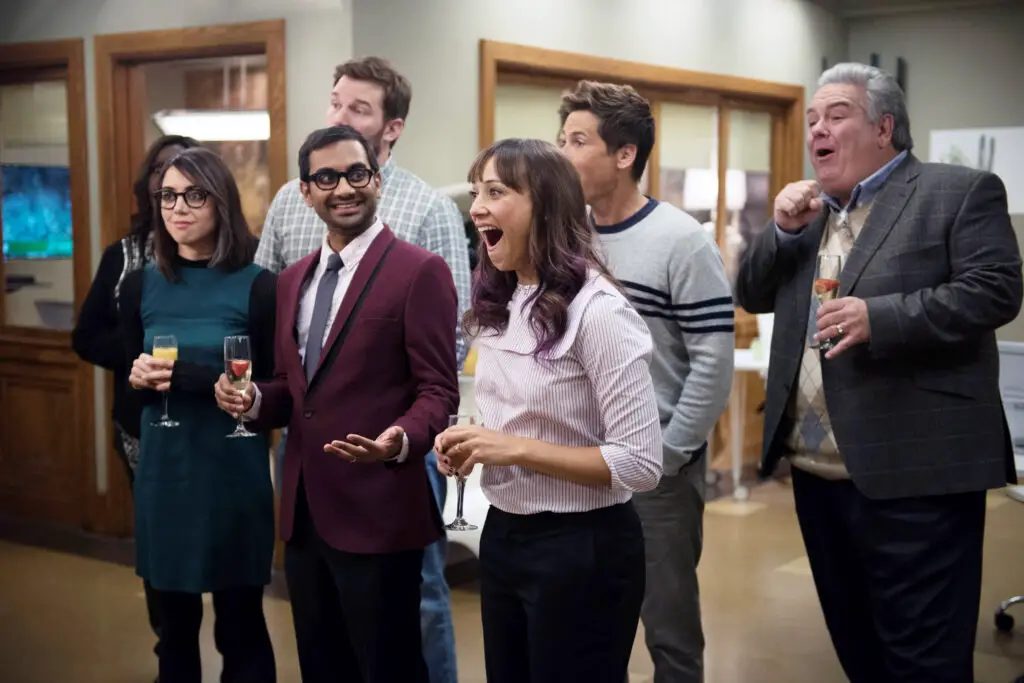
Parks and Recreation gave us Pawnee, Indiana—a town full of absurd traditions, lovable weirdos, and endless government red tape. While Pawnee is fictional, its tone and quirks were modeled after Muncie, Indiana, a mid-sized town with real civic pride and more than a few eccentricities.
Writers researched Midwestern towns and found Muncie offered just the right mix of sincerity and oddball charm. While the show exaggerated things (looking at you, Lil Sebastian), Muncie’s real-life parks department has even acknowledged the connection with good humor. And yes, there’s a deep love for breakfast foods in the area, too. It’s the kind of place where a Knope or a Swanson could genuinely thrive.
